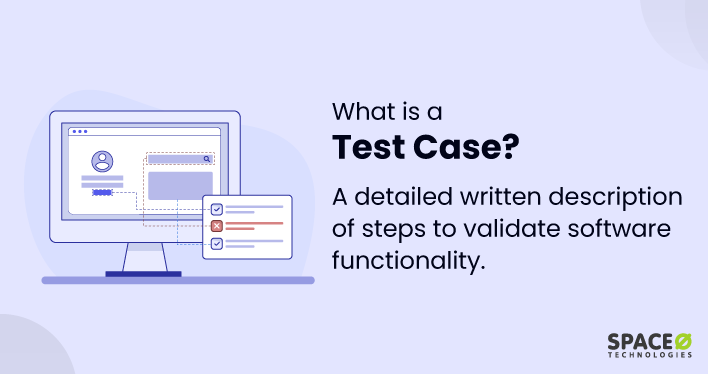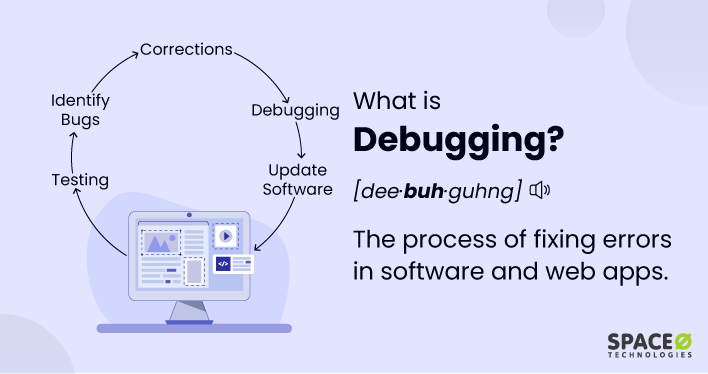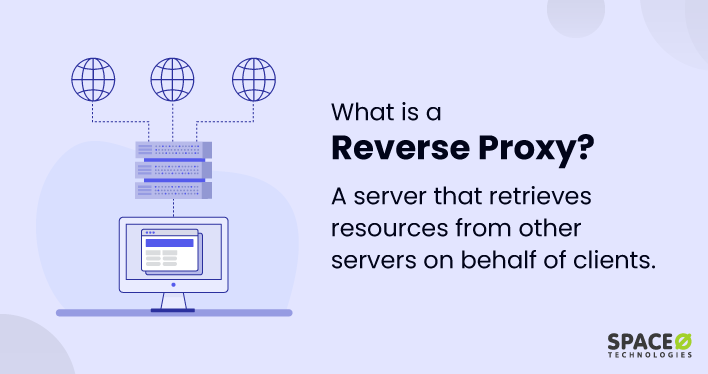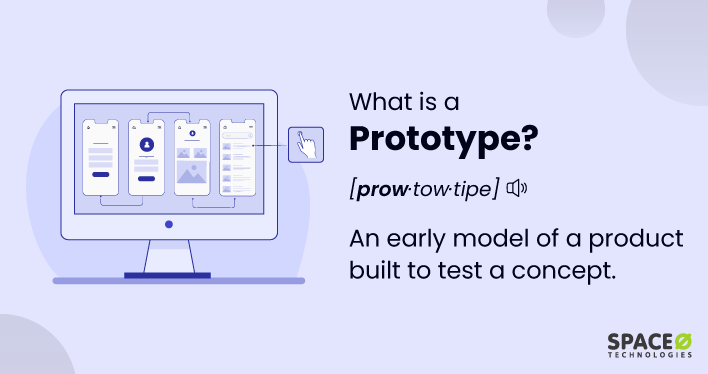Table of Contents
What is a Test Case?
A test case is a set of conditions or variables under which a tester determines whether a system under test satisfies requirements or works correctly. In web app testing, a test case may include input, test data, expected results, actual results, and post-conditions that help determine whether a system is functioning correctly.
Web app testing often contains detailed steps that should be executed to reach a specific goal, such as an operation or path through the web app. If you want to know more about the process of web app testing and its best practices, read this comprehensive guide about web application testing.
A well-structured test case also includes test case ID, test case description, prerequisites, test steps, test data, expected output, actual output, post-conditions, and remarks. Test cases play a significant role in verifying the functionality of the software, improving its quality, and ensuring that it meets the specified requirements and customer expectations.
How to Write a Test Case
Writing formal test cases and informal test cases requires some basic information about the functionality you’re testing, knowledge of good test case practices, and attention to detail.
Here are the 11 pointers that guide you through writing a test case:
- Make sure you understand what the software or system is supposed to do. Review the requirements, input data (test data), test scenario, and specifications or consult with developers or product owners if needed.
- Identify a test scenario you need to test. This could be a specific functionality, user interaction, or software response. This forms the basis of both your informal and formal test cases.
- Every test case should have a unique test case ID for tracking and identification purposes, during test execution.
- Provide a brief summary of what the test case is. This helps anyone reading the test case understand its purpose.
- List any conditions that need to be met before the test can be performed.
- Detail the steps to be taken to perform the test. Be specific and make sure to include all the necessary actions.
- Specify what you expect to happen when you perform the test steps. This could be a specific output, a change in the system, or the successful completion of an action.
- This field will be filled out when the test is executed. It records the actual outcome when the test steps were followed.
- Describe the status of the system after the test case execution.
- Add any additional comments or notes about the test case.
- This will be filled out when the test is executed. If the actual results match the expected results, the test passes. If they do not match, the test fails.
Remember, a well-written test case, regardless of its type, should be simple, repeatable, and easy to understand. Types of test cases can range from functional and negative to UI and error cases, each serving a different purpose in the testing process. Anyone should be able to pick up a test case and execute it without needing additional information.
A test case, irrespective of its type, is a set of specific conditions under which a tester determines if a system meets specified requirements. A well-structured test case, whether it’s functional, negative, UI, or any other type, is pivotal for assuring software functionality, enhancing its quality, and ensuring that it fulfills user expectations.
Additionally, effective debugging plays a crucial role in the web app development lifecycle. By combining well-written test cases with efficient debugging practices, you can provide enhanced user satisfaction.







